
Textile Restoration

Textile Restoration
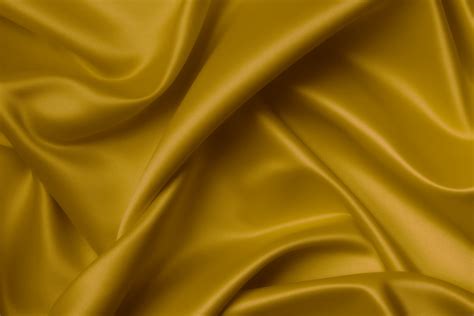
One of the oldest luxury fibers, silk has been used for at least 5,000 years. Made from the silkworm which weaves a cocoon that is then harvested, it is one of the strongest natural fibers. It also takes dye very easily allowing very solid and vivid colors to be easily achieved. However, it will weaken when exposed to sunlight and sweat.
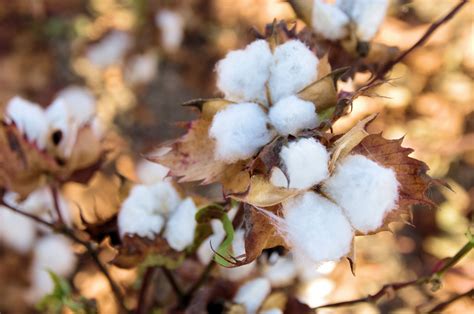
Cotton derived from the Arabic word “Kutan”, has been grown for more than 6,000 years, with the oldest known example from 3000 BCE found in Pakistan. By 1500 CE, cotton was known around the world and is now the most popular fiber in the world.
It is a seed fiber that grows around the seed of the cotton plant, it is soft and fluffy to the touch, and it is usually an off-white color.
Characteristics of cotton are of a lightweight fabric with high durability, even when wet. It takes dye very well; however, it does tend to discolor and shrink when washed.
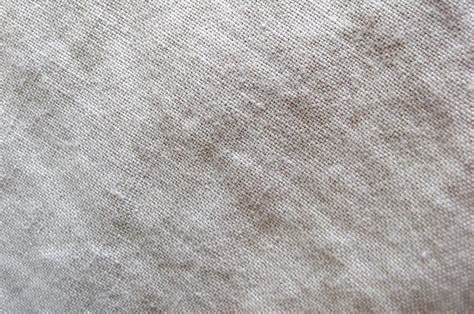
Linen is woven from a plant called flax. It is one of the oldest and strongest plant fibers dating to around 8,500 years ago. While it is a breathable fabric ideal for hot climates, it is difficult to dye and will weaken and soften after washing.
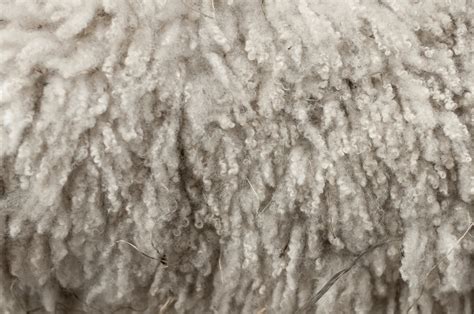
Wool is a natural protein fiber obtained from sheep and there are over 200 different breeds worldwide. Most wools are yellowish white or ivory, but some can be black, brown, grey, or mixed.
Sheep are the oldest domesticated animals and come in many varieties. Dating to around 10,000 years ago, wool will strengthen when wet and holds in warmth. However, it will fade if constantly exposed to sunlight.
Sheep are usually shorn for wool in spring or early summer and then the wool is classified by its quality. Quality is determined by the fiber diameter, breed, amount of crimp, color, and strength.

For most of human history, dyes were crafted from natural materials such as plants, rocks, and animals. It was not until Victorian times that synthetic dyes were introduced.
Dyeing can be done at all stages of textile manufacturing and the method and products would be chosen according to the type of fabric or end result desired.
The main ways of dyeing are stock dyeing or top dyeing, with loose, unspun fibers also known as stock or wool fibers are submerged in a solution of dye before they are spun into yarn. Dope Dyeing or Solution Pigmenting is similar, however used exclusively for filament fibers. Dyes are added into the spinning solution before extraction of the filaments.
Next is Yarn Dyeing which is done after the fibroids are spun into yarn and before it is woven or knitted into fabric.
The last option is Fabric or Piece dyeing where the entire section of fabric is dyed. Takes place after the weaving and knitting process it is the most popular and flexible dye method for solid colors.
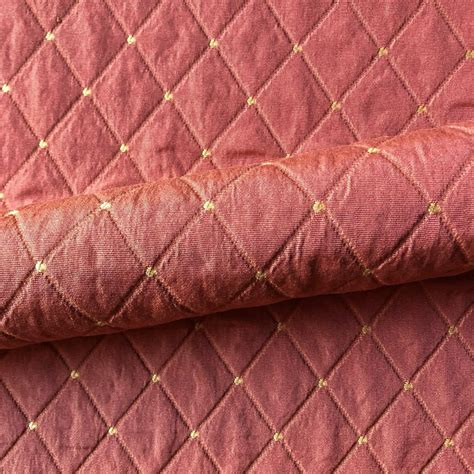
A permanent mechanical process creating a thick padded material composed of three layers. A top quilting, insulation material, and a backing material are sewn together, helping to retain warmth.
A temporary mechanical process that adds additional weight to silk by immersing it in a bath of metallic salts. This improves drape and feel, but if too much metallic salts are used, will cause the silk to shatter, splitting apart.
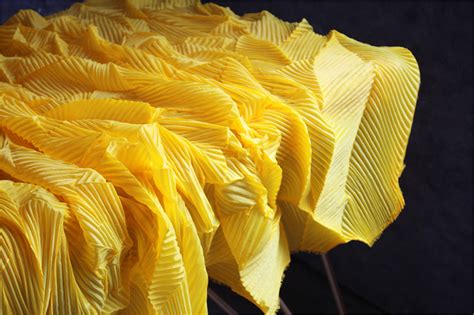
A mechanical process to create patterned folds in fabric, these can be temporary or permanent.
A temporary chemical process that creates a soft, sleek, and smooth surface.
A permanent mechanical finish that uses different stiches, threads, and materials to create patterns.